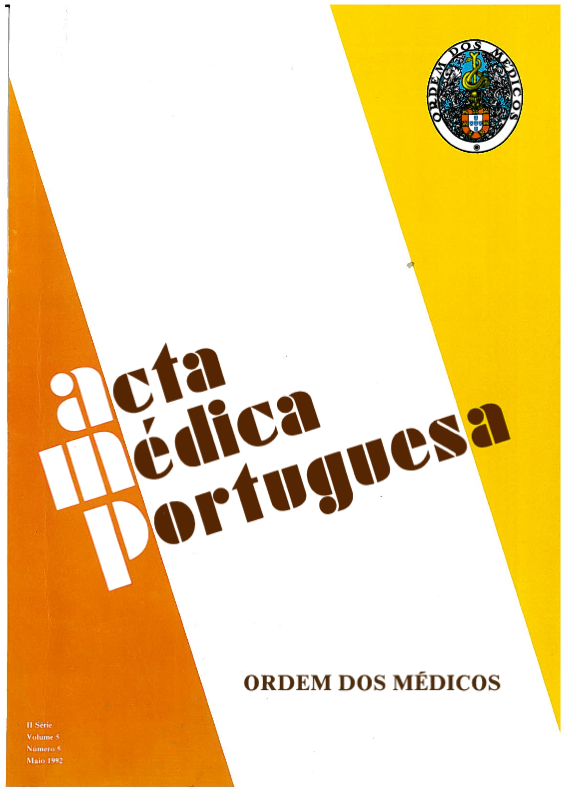Risk or pre-term labor. A cross-sectional study of its determinant factors.
DOI:
https://doi.org/10.20344/amp.3242Abstract
Substancial evidence links gestational duration to birth outcome, and a large number of determinants for premature delivery have been identified. However, most preterm births (gestational age of less than 37 weeks) remain unexplained, and there is a wide geographical variation in risk factors. The purpose of this epidemiologic survey was to study the relationship between gestational duration and the mother's demographic, obstetric and nutritional characteristics, clinical course of pregnancy and labour, alcohol, coffee and tobacco consumption, and prenatal care. Data were collected for 740 consecutive deliveries (3.6% preterm) corresponding to 750 live-births. Except for the number of prenatal visits, no relation was found between gestational age and the variables assessed (r approximately equal to 0). There was an increased risk for preterm delivery when a disease complicated the course of pregnancy (OR = 2.7), there were less than 6 prenatal visits (OR = 4.9), pelvic presentation (OR = 5.7) or twins (OR = 12.7). After adjustment for these variables only prenatal care and twinning remained significantly associated with an increased risk. In this population, the authors identified prenatal care as the most important modifiable factor associated with preterm delivery.Downloads
Downloads
How to Cite
Issue
Section
License
All the articles published in the AMP are open access and comply with the requirements of funding agencies or academic institutions. The AMP is governed by the terms of the Creative Commons ‘Attribution – Non-Commercial Use - (CC-BY-NC)’ license, regarding the use by third parties.
It is the author’s responsibility to obtain approval for the reproduction of figures, tables, etc. from other publications.
Upon acceptance of an article for publication, the authors will be asked to complete the ICMJE “Copyright Liability and Copyright Sharing Statement “(http://www.actamedicaportuguesa.com/info/AMP-NormasPublicacao.pdf) and the “Declaration of Potential Conflicts of Interest” (http:// www.icmje.org/conflicts-of-interest). An e-mail will be sent to the corresponding author to acknowledge receipt of the manuscript.
After publication, the authors are authorised to make their articles available in repositories of their institutions of origin, as long as they always mention where they were published and according to the Creative Commons license.









